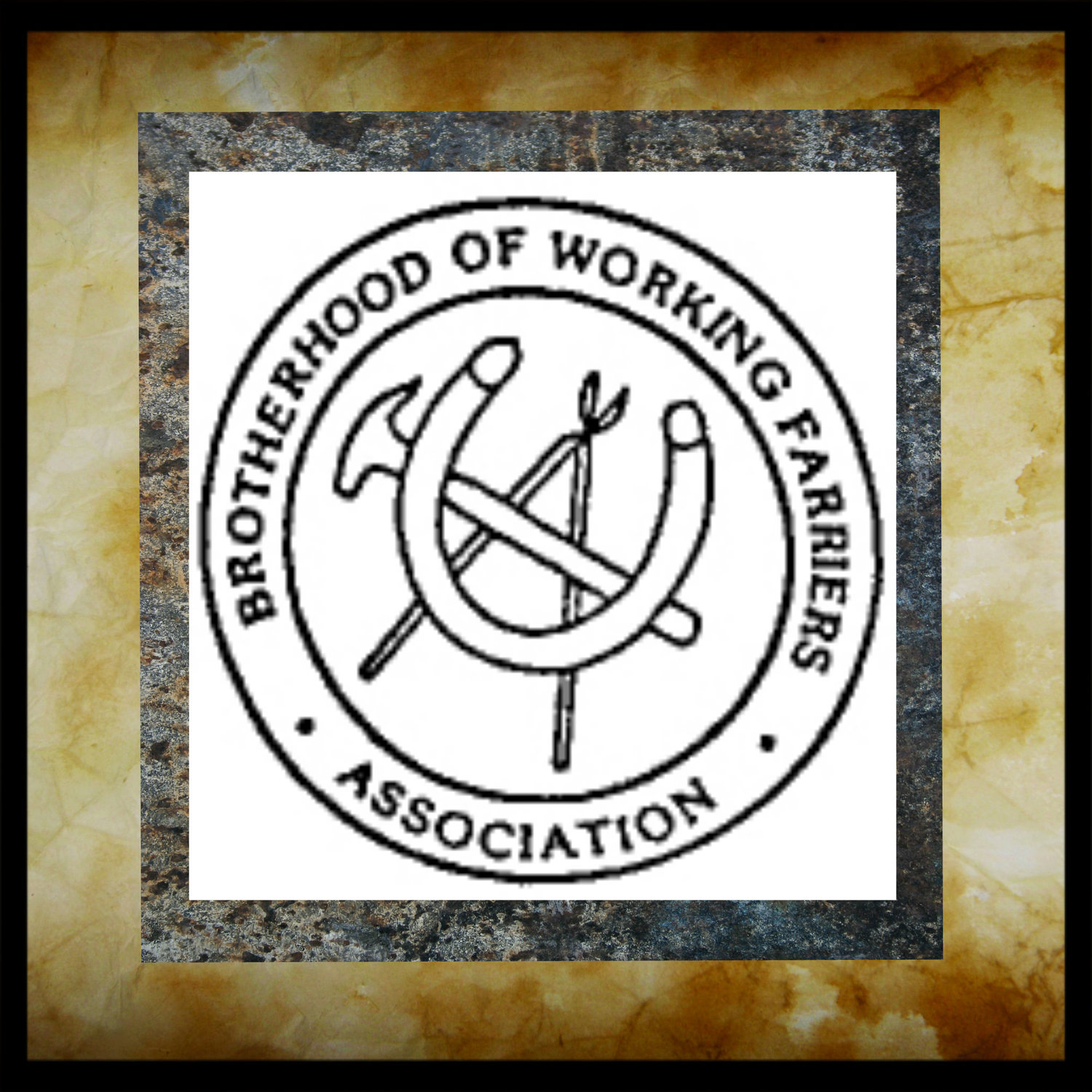UNIDENTIFIED LAMENESSES and EFT
Tight muscles may be a source of hard to identify lameness issues that give farriers and veterinarians headaches. Tight muscles, shortened muscles, UMC's, muscle knots and spasms, etc., often wreak havoc on the horse's range of motion.
Muscle problems can contribute to a general lethargy, as the horse does not want to extend, flex or bend sore muscles. If he favors one painful area, he may soon be sore all over as his body compensates. Unfortunately X-rays do not tell us anything about muscles.
Muscles have four basic actions relating to the skeleton: extension, flexion, adduction, and abduction. When the extensor muscles are contracting, the joint is opening toward its widest angle. When the flexor muscle is contracting, the joint is closing toward a narrow angle. The adductor muscle, when contracting, pulls the limb medially or to the inside. The abductor muscle, when contracting, pulls the limb laterally to the outside. All these muscles affect the horse when he is static (standing) or dynamic (moving in any gait).
Over a period of time tight muscles can pull the skeleton out of alignment causing other lameness issues. His stance can be affected. He may appear toed in or out, camped out or under. Tight muscles can certainly contribute to a multitude of problems - difficulty with leads, stiffness, short striding, backing, staying in the bridle, collection, bending, the way he tracks, and so on.
Joints can also be affected by muscle problems. There are basically two types of joints in the horses limb, ball and socket, which is capable of articulation in many angles and rotations, and hinge, which gives anterior/posterior range of motion with no medial/lateral. If an extensor or flexor muscle is tight and shortened, it limits the anterior/posterior range of motion in that joint causing short striding and/or lack of extension or flexion. A tight and shortened adductor or abductor muscle can affect the flight of the limb. It can cause the hoof to land medial or lateral of center of the limb track. This then can load the hinge joint medially or laterally, leading to soreness in the joint. Many times the joint gets the blame and the treatment. Generally ball and socket joints are not as prone to this due to the rotational range of motion, but can still get sore from abnormal tracking.
On their own, chiropractic and massage are helpful, but EFT combines and addresses the muscles and the skeleton. If the skeleton is out of alignment and adjusted, the tight muscles can pull them back out of alignment. If the skeleton is out of alignment and the muscles are massaged, it can relax the spine and may allow it to go back in alignment. However, massage is not completely reliable to realign the spine. One without the other is not as beneficial as both. EFT addresses both of them.
Equine Flexion Therapy (EFT) can help you learn to identify muscle/skeletal related lameness. Whether there problem is muscular or skeletal, it will help you solve many of these issues and help you become a farrier, trainer, or horseman one step above others.
God bless,
Dan Marcum


